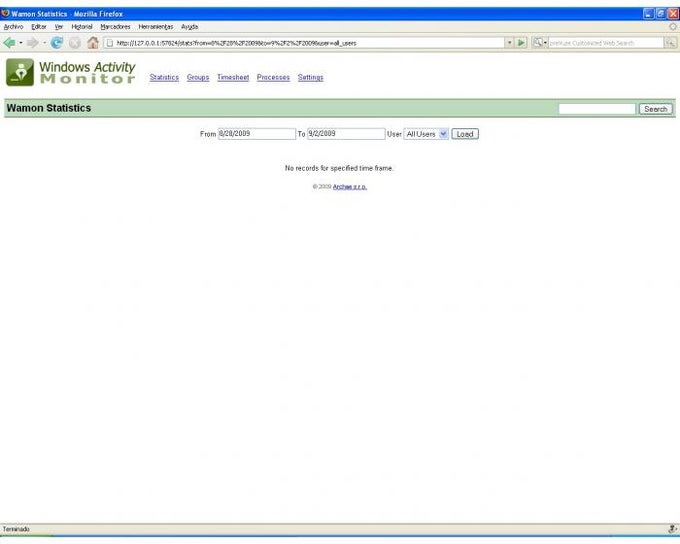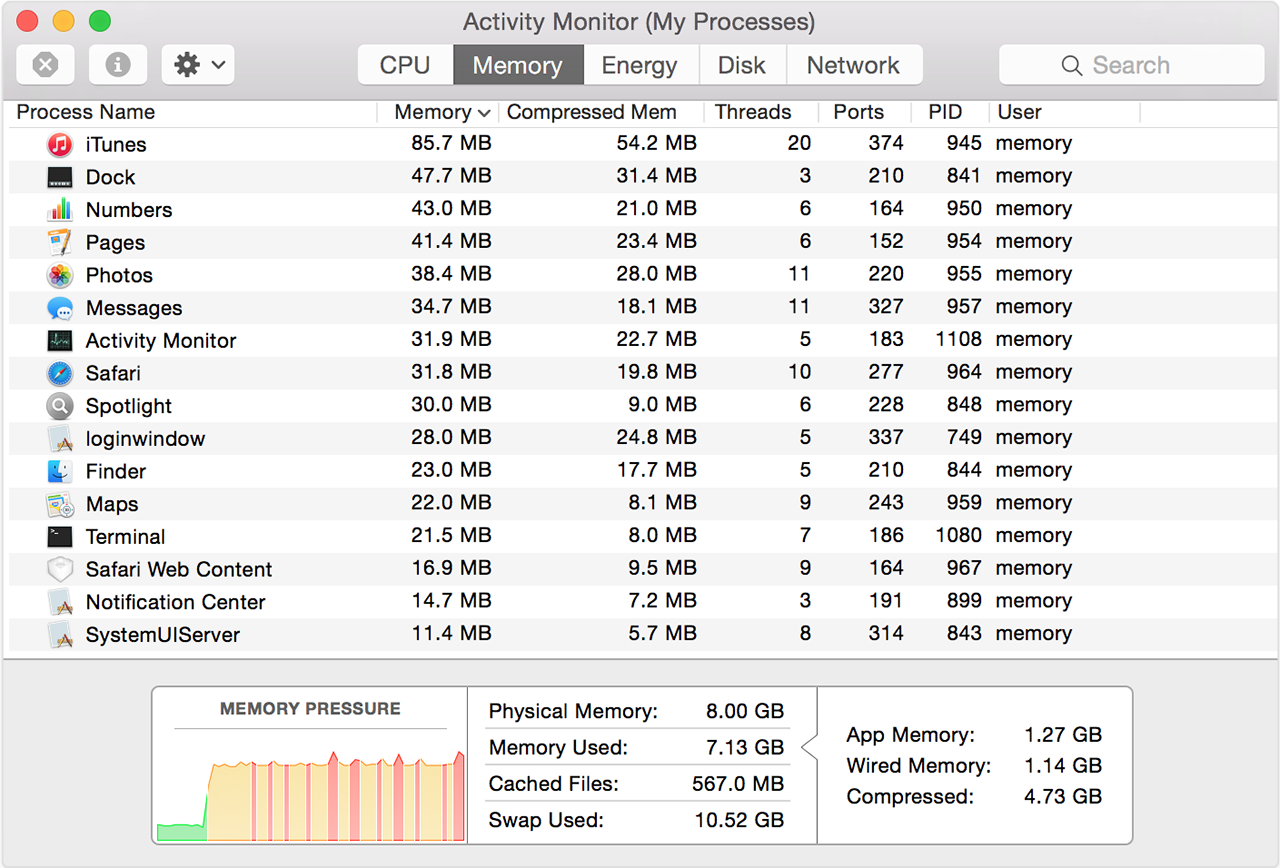



You can make the bars cover shorter periods of time by tapping on them, and go for longer periods and fewer bars with a two-finger tap. Hover the pointer over one of the bars, and a Tooltip tells you the time of that collection and how many entries are in it. The Chart view shows a histogram of the rate of entries being written to the log over the period examined. Rather than wade through all those, I then opened both a Chart and a Frequency view.

I then set up the Period for 20 seconds from a start time five seconds before I first switched views, 15:27:55, and clicked on Get log to obtain a little more than 6,000 entries. To get the best view of this in Ulbow, I excluded Signposts, as shown in the View menu settings below. I therefore quit all other apps to get as clean log extracts as I could, and at 15:28:00 switched views to Latest Tweets, and ten seconds later switched back to Notifications. These are easily seen in the CPU view of Activity Monitor.Ībove is typical when the Notifications view is displayed, and below when Latest Tweets is, with the Twitter app using over 100% CPU, and WindowServer at nearly 40%.Īlthough this could be happening without any trace in the log, I suspected that it should at least give a clue as to whether it was something I could modify myself. Switch to its Notifications view, and the app used little CPU, and WindowServer was far happier too. With a little experiment, I discovered that much of the time, when the app’s Latest Tweets view is displayed, it stole lots of CPU and hit WindowServer too. This tutorial illustrates their use to identify a problem in the Twitter app for macOS.įor a couple of weeks now, I’ve noticed the Twitter app pushing the fans to blow in my iMac Pro. Two unconventional tools provided to help you browse the Unified log with Ulbow are its Chart and Frequency views, available in its Window menu.


 0 kommentar(er)
0 kommentar(er)
